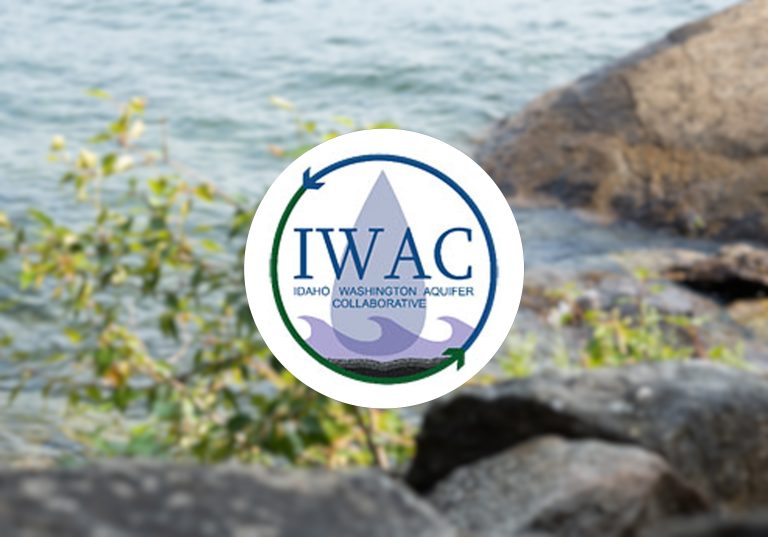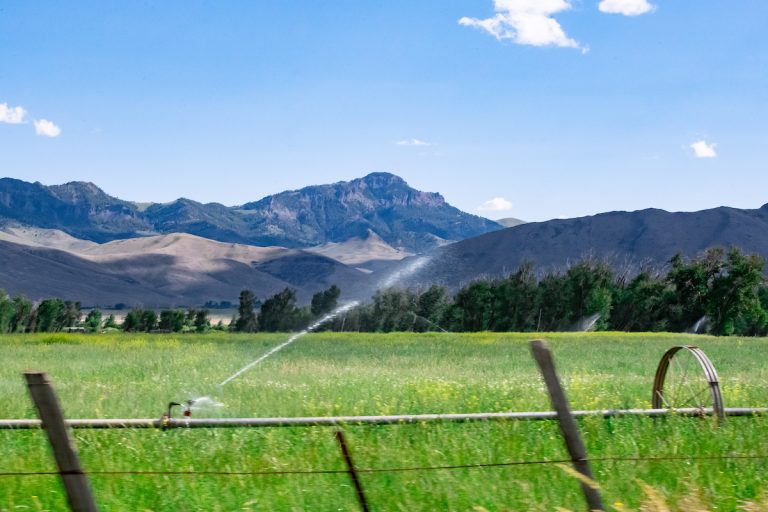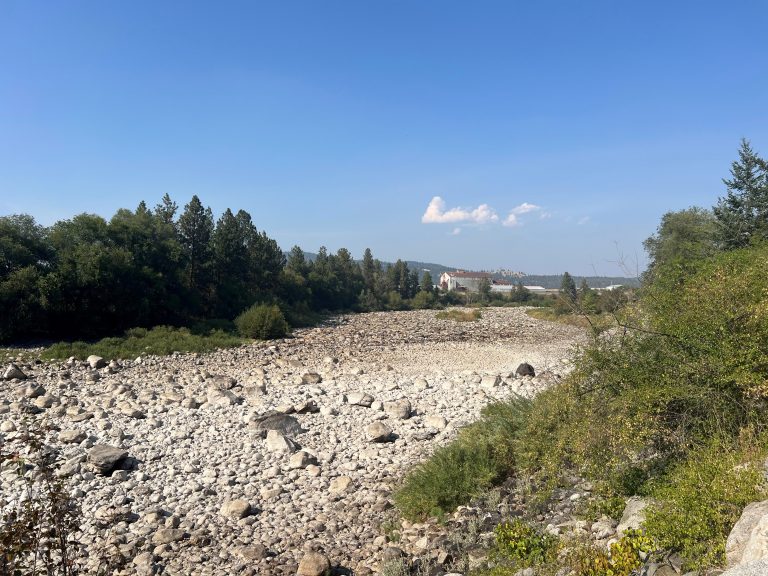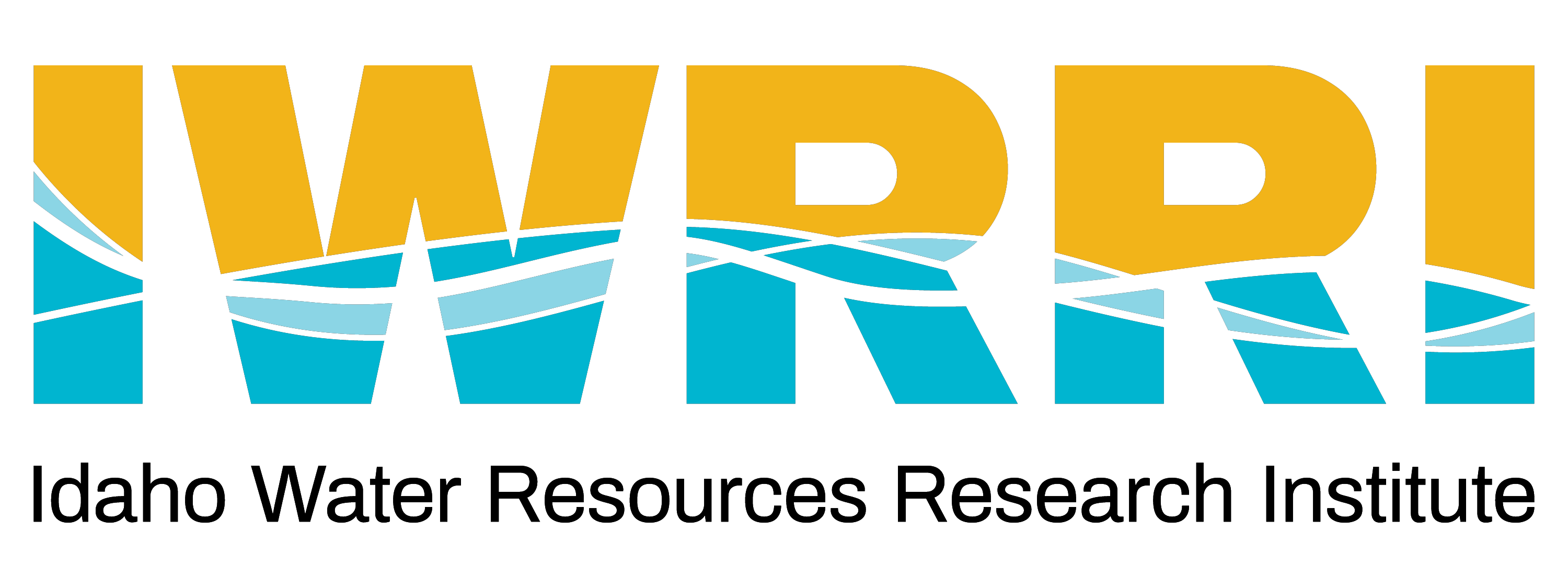Boise State University faculty Anna Bergstrom and her team investigated rain and snowmelt contributions to streamflow in the Mores Creek Watershed spanning the rain-snow transition zone in southwestern Idaho. Researchers commonly use naturally occurring water isotopes to track water sources allowing for the quantification of if streams are sourced from rain or snow. By developing new approaches to define rain and snow isotopic signatures, Bergstrom and team found that streamflow contribution estimates can vary by up to 20%, depending on the method used. These findings have significant implications for water forecasting and resource planning as warming shifts the rain-snow transition to higher elevations in mountain watersheds.
Similar Posts

U of I researcher coins ‘thirstwaves’ as new framework emphasizing prolonged, extreme water stressors
Meetpal Kukal proposed the term “thirstwaves” to describe prolonged periods of agricultural exposure to extreme atmospheric evaporative demand for water. Read more in the University of Idaho news feature or read the paper published March 20.

U Of I Soil and water systems graduate student travels to Uzbekistan to help determine scope of water quality issues
Marina Steiner, a graduate student with Greg Moller in the Soil and Water Systems Department, travels to Uzbekistan to help determine scope of water quality issues, read more.

OUR GEM: Aquifer Model Updates for the Spokane Valley Rathdrum Prairie Aquifer
Guest authored by Suzanne Scheidt, Idaho Washington Aquifer Collaborative Board President The Idaho Washington Aquifer Collaborative (IWAC) is a collaborative of Spokane and Kootenai County water purveyors (managers) drawing from the Spokane Valley Rathdrum Prairie Aquifer (SVRPA) and partnering in the shared stewardship of the Spokane Valley Rathdrum Prairie Aquifer and the Spokane River watershed. IWAC sponsored an Aquifer Education Training Course on Wednesday, September 24th at the Spokane County Water Resource Center. The morning class provided an update…

IWRRI Grant Recipients Work on Irrigation Efficiency in Southern Idaho
University of Idaho faculty Karen Humes and Russell Qualls, along with their students, analyzed 30 years of crop water use data in southern Idaho to understand variations in irrigation application needs. Their research examined how differences in wet versus dry years and cool versus warm years influence crop water use and irrigation needs. By considering forecasted climate conditions, farmers can make informed decisions about crop selection and irrigation allocation, optimizing water use and improving overall agricultural efficiency.

BSU Student Analyses Wildfire impacts on Snowpack
Master’s student Mason Bull recently won the Boise State University three-minute thesis competition and placed third at the state competition. Mason was partially funded by a research initiation grant from the Idaho Space Grant Consortium (Idaho NASA EPSCoR). His research is using the Landsat record to classify landscape composition and quantify landcover and vegetation change in one watershed in the Kenai Mountains of south-central Alaska and the Sawtooth Mountains of southwest Idaho. He is finding that places in Idaho that…

OUR GEM: Why the Spokane Ran Low and What It Means for the Future
Guest Authored by: Katelyn Scott, Spokane Riverkeeper Water Protector This summer, we saw stretches of the Spokane River run alarmingly low, and even completely dry. In some places, the thriving waterway we know and love completely disappeared. While it may feel sudden, there are clear reasons behind this—and a vision of how, together, we can keep water flowing in the future. The Spokane River and the Spokane Valley–Rathdrum Prairie Aquifer are two parts of the same system, constantly exchanging water….
